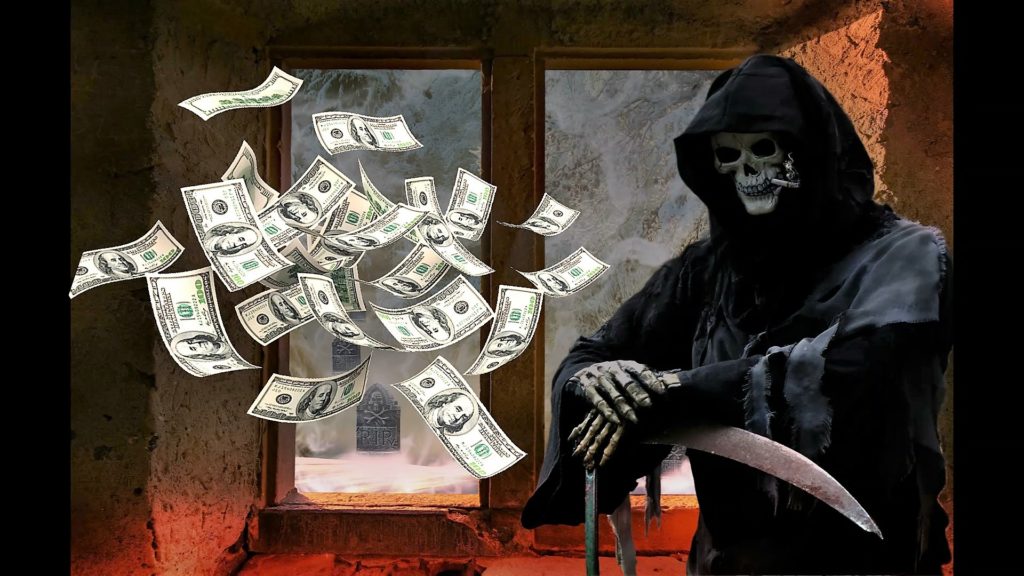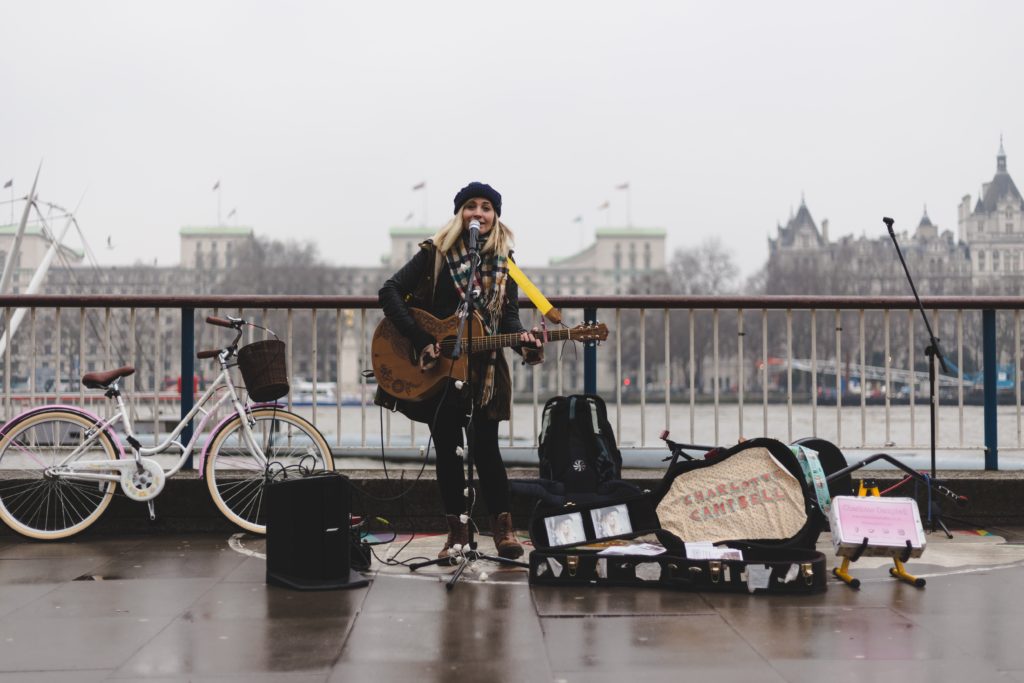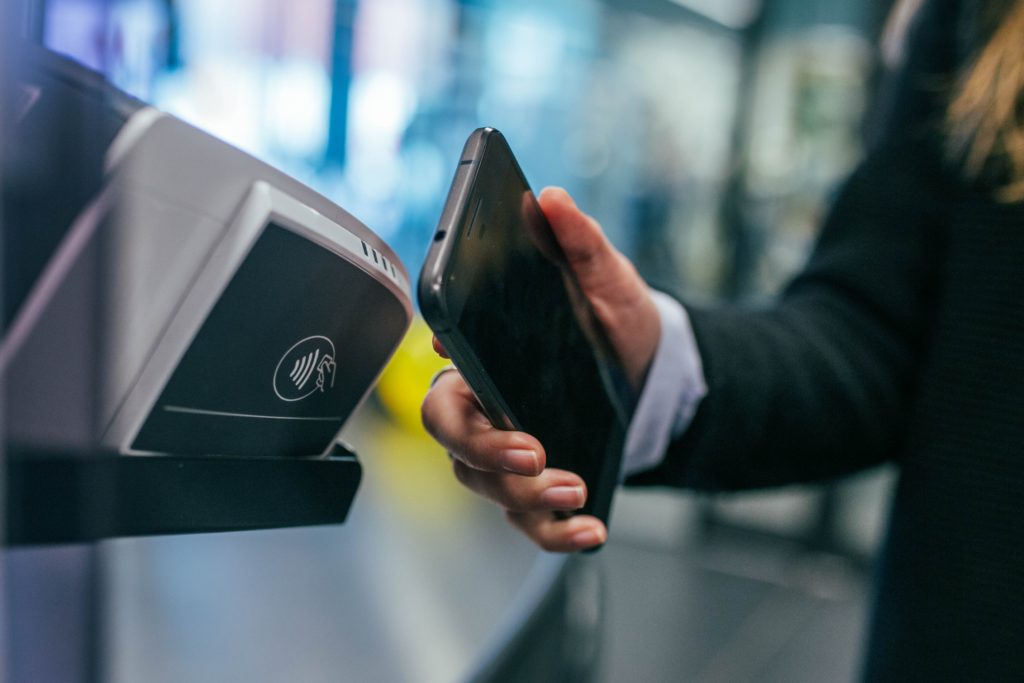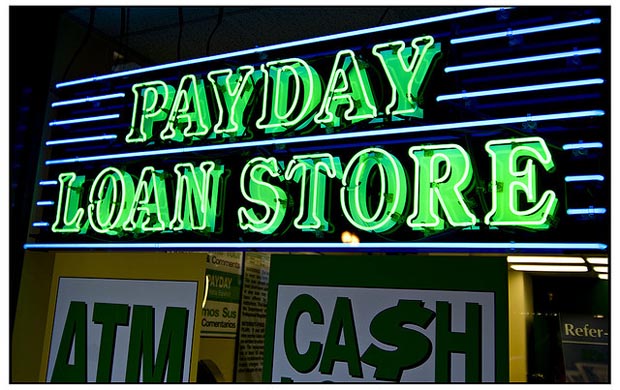
By Yvonne Milosevic
Remember life with rotary phones, fax machines, and Betamax? We didn’t think so. Paper money will soon join those now-extinct technologies as we move ever closer to becoming a cashless society.
Through digital payment networks such as Zelle, Venmo, and Apple Pay, the number of mobile P2P users in the U.S. will grow to 126 million by 2020. And the phenomenon is global.
Fun fact: The Brits have bid cheerio to the days of tossing their loose change into a sidewalk entertainer’s hat. Last year, London mayor Sadiq Khan introduced a contactless payment scheme for buskers launched in partnership with Swedish tech firm iZettle.

With passersby using card readers and a simple tap-to-donate button, “Now, more Londoners will be able to show their support to the capital’s brilliant, talented street performers,” Mayor Khan said.
Sweden, known as the “poster child of cashless countries,” will likely become the first cashless society by March 2023. Forbes says cash currently makes up only two percent of the value of all transactions in Sweden, and will account for half a percent by 2020.
But what makes a society cashless? In this interview with Knowledge@Wharton, Professor Jonas Hedman of the Copenhagen Business School says that the term means cash is not generally accepted as a means of payment. “There might still be bank notes and coins left, but you won’t be able to use them in the practical sense,” Hedman explains.
Team Cashless
Hotels and restaurants have led the charge in the U.S. for card-only payment. The move offers both customer convenience and helps streamline operations. Eliminating cash registers protects restaurant employees from the threat of theft. Plus, paper money reportedly carries more germs than a household toilet. Would you want someone making your sammy after palming a ten-spot?

A cashless economy would also render many financial crimes obsolete. No more banknotes in circulation would put an end to money laundering. Hiding income or evading taxes would become near impossible with fully digitized financial records.
The U.S. government would save many millions by not minting coins and printing notes. Consumer spending would also see a boost, as people often forgo smaller purchases if they don’t have cash on hand.
Team Cash
While the Swedes have this digital currency thing mostly figured out, there’s still some debate in the Nordic nation over going cashless. And their issues overlap with debates we’re having stateside. The elderly and refugees struggle with digital transactions in Sweden. In the U.S., the unbanked and underbanked population will suffer as we move toward a cashless society.
A recent FDIC study found that 6.5 percent of U.S. households were unbanked in 2017. This group of lower income individuals, minorities, and immigrants relies on cash to make daily purchases.

When retailers go cashless, low- and middle-income Americans without access to a bank account tend to suffer most, says Mehrsa Baradaran, an associate dean at the University of Georgia Law School, in this piece on financial inclusion. “They pay a lot to use their money. Something like 10% of their income goes to getting prepaid debit cards or money orders.”
The move to a fully digital economy is inevitable. But that transition shouldn’t drag millions of people in the process. Banks, governments, and FinTech companies will have to band together to protect and engage the vulnerable. Because as Itay Goldstein, Wharton professor of finance, points out, “The irony is that the whole fintech revolution is meant to include more and more populations, rather than exclude them.”


